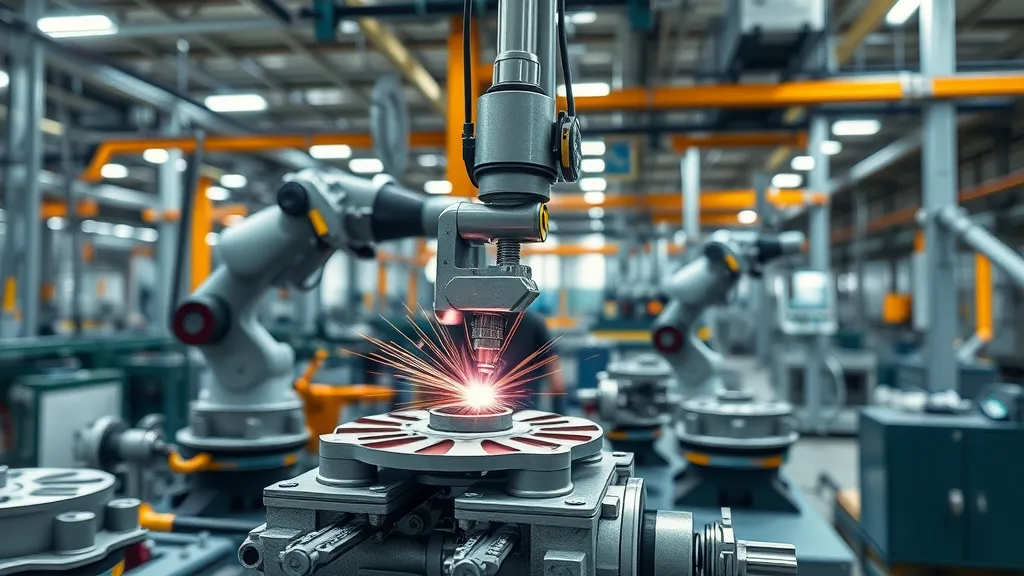In the world of welding, where heat meets metal, a delicate dance of stresses and distortions unfolds, often with significant consequences for the energy sector. A recent study, led by Amir Dadkhah from the School of Metallurgy and Materials Engineering at the University of Tehran, has shed new light on the intricate relationship between heat input and residual stress in gas metal arc welding (GMAW) of carbon steel. The findings, published in the *Journal of Advanced Joining Processes* (translated from Persian as *Journal of Advanced Joining Processes*), could have substantial implications for the commercial energy sector, where the integrity of welded components is paramount.
Residual stresses, the internal stresses that remain after welding, can significantly impact the fatigue life, corrosion resistance, and dimensional stability of engineering components. “These stresses are a major challenge in fusion welding, stemming primarily from non-uniform thermal cycles during the process,” Dadkhah explains. “Our study aimed to understand and quantify these stresses, using a combination of simulation and experimental methods.”
The research focused on A516 Gr70 steel plates, a material widely used in the energy sector due to its excellent mechanical properties and weldability. The team varied the heat input during the GMAW process, both with and without a back weld, to assess its effect on residual stress distribution.
One of the key findings was that the microhardness value of the weld zone produced by the lowest heat input was approximately 198 HV, with a microstructure dominated by pearlite and varying morphologies of ferrites. “This suggests that controlling heat input can significantly influence the mechanical properties and microstructure of the weld,” Dadkhah notes.
The study also revealed that reducing heat input and applying a back weld resulted in less tensile residual stress in most areas and slightly increased compressive residual stress in areas farther from the heat-affected zone (HAZ). This is a crucial finding for the energy sector, where minimizing tensile residual stresses can enhance the fatigue life and corrosion resistance of welded components.
To validate their findings, the team employed numerical simulation using Abaqus, with the Goldak double-ellipsoid heat source model and element birth-and-death technique. The simulated residual stresses showed a remarkable 96% agreement with the hole-drilling experimental results, validating both methodologies.
The implications of this research are far-reaching. By understanding and controlling residual stresses, engineers can design and fabricate components with enhanced performance and longevity. This is particularly relevant in the energy sector, where the integrity of welded components is critical for safety and efficiency.
As Dadkhah puts it, “Our study provides a robust framework for predicting and controlling residual stresses in GMAW, which can be applied to a wide range of industrial applications, including the energy sector.” This research not only advances our understanding of welding processes but also paves the way for innovative solutions that can shape the future of the energy industry.

